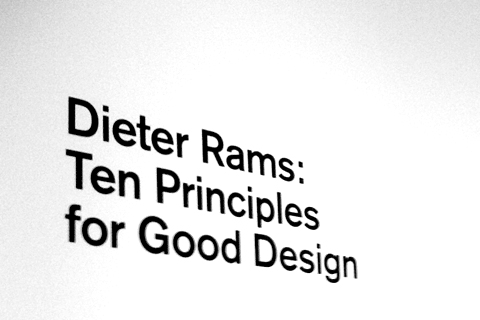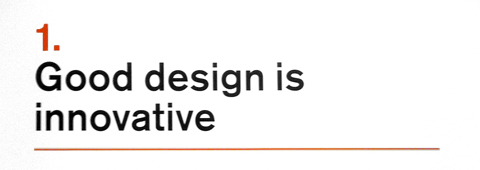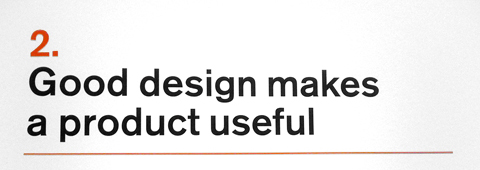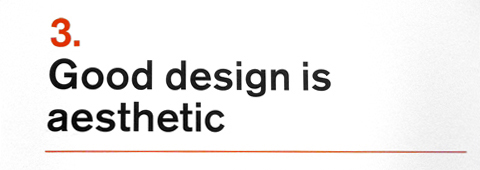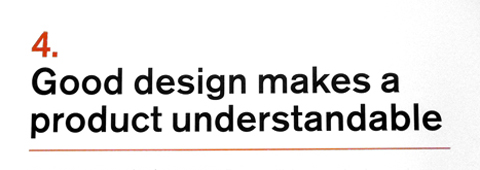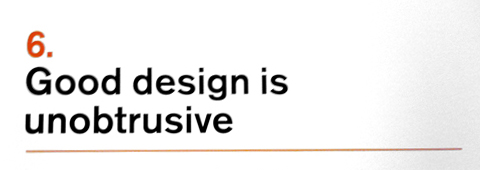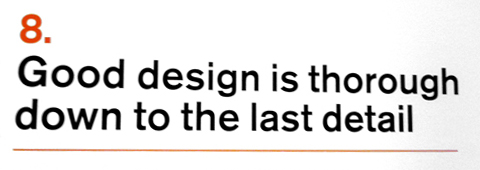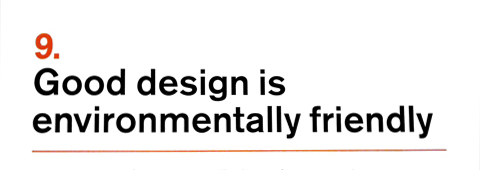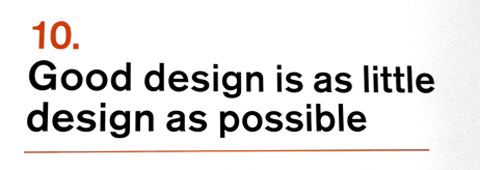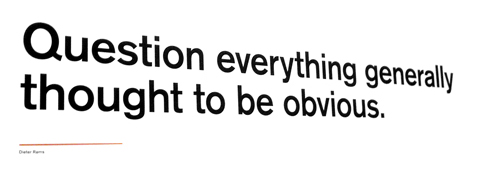The design principles of Dieter Rams are on display at SF MOMA‘s current exhibit featuring his simple beautiful product design. They are really universal principles, applicable to any design process. Note: Text redacted from the exhibit has been edited to avoid the use of ‘product’. You can find the original text here.
The possibilities for innovation are not, by any means, exhausted. Technological development is always offering new opportunities for innovative design. But innovative design always develops in tandem with innovative technology, and can never be an end in itself.
Anything designed is meant to be used. It has to satisfy certain criteria, not only functional, but also psychological and aesthetic. Good design emphasises usefulness while disregarding anything that could detract from it.
Aesthetic quality is integral to usefulness because the things we use every day affect our person and our well-being. Only well-executed objects can be beautiful.
It clarifies the structure. Better still, it can make the design outcome talk. At best, the thing designed is self-explanatory.
It does not make the design outcome more innovative, powerful, or valuable than it really is. It does not attempt to manipulate the consumer with promises that cannot be kept.
Designed items fulfilling a purpose are like tools. They are neither decorative objects nor works of art. Their design should therefore be neutral and restrained in order to leave room for the user’s self-expression.
It avoids being fashionable and therefor never appears antiquated. Unlike fashionable design, it lasts many years – even in today’s throwaway society.
Nothing must be arbitrary or left to chance. Care and Accuracy in the design process show respect towards the consumer.
Design makes an important contribution to the preservation of the environment. It conserves resources and minimises physical and visual pollution throughout the life cycle of the product.
Less but better – because it concentrates on the essential aspects, and the final design is not burdened with inessentials. Back to purity, back to simplicity!
And finally – Question everything
You can visit these quotes in person, and longingly browse Dieter Rams’ gorgeous designs at the‘Less and More’ exhibit at SF MOMA, August 27, 2011 – February 20, 2012.

